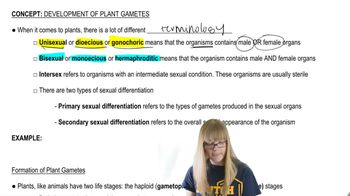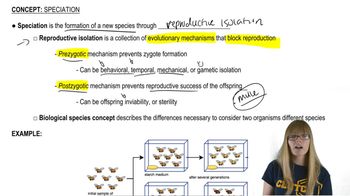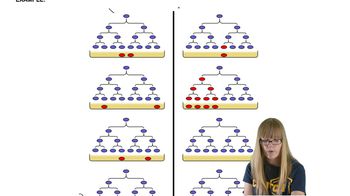Here are the essential concepts you must grasp in order to answer the question correctly.
Domestication of Plants
The domestication of plants refers to the process by which wild species are cultivated and selectively bred for desirable traits, such as yield, size, and resistance to pests. This process often involves human intervention to enhance specific characteristics over generations, leading to the development of cultivated varieties. In the case of American cotton, domestication involved selecting for fiber quality and plant robustness.
Recommended video:
Gossypium Species
The genus Gossypium includes several species of cotton plants, with Gossypium hirsutum and Gossypium barbadense being the most significant for American cotton production. Gossypium hirsutum, commonly known as upland cotton, is the most widely grown species in the United States, while Gossypium barbadense, known for its long fibers, is often used in high-quality textiles. Understanding these species is crucial for comprehending the genetic diversity and agricultural practices associated with cotton cultivation.
Recommended video:
Cultural and Economic Impact
The cultivation of cotton has had profound cultural and economic impacts, particularly in the American South. Cotton became a major cash crop in the 19th century, driving the economy and shaping social structures, including the reliance on slave labor. The historical significance of cotton cultivation is essential for understanding its origins and the development of agricultural practices in the United States.
Recommended video:
 Verified step by step guidance
Verified step by step guidance Verified video answer for a similar problem:
Verified video answer for a similar problem:

